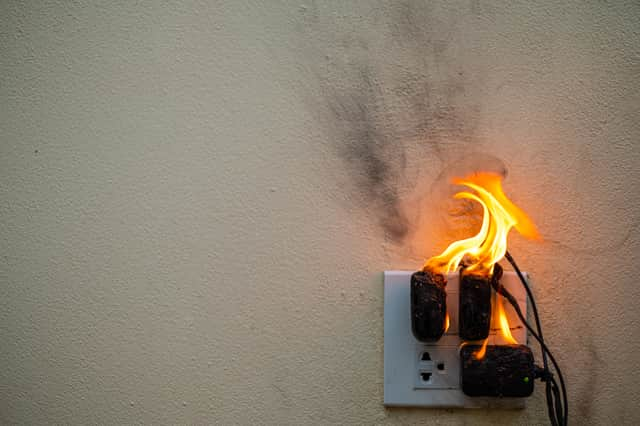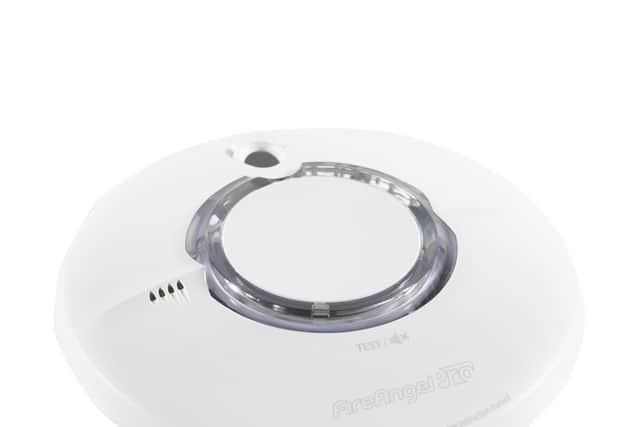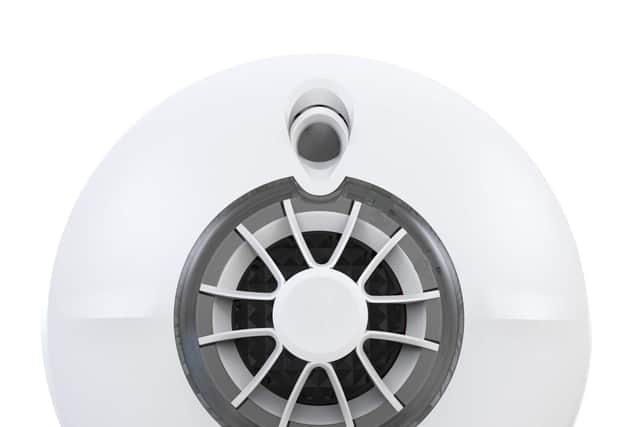Smart smoke alarms UK: what do you need to keep your home safe from a fire, and is a heat alarm worth it?
This article contains affiliate links. We may earn a small commission on items purchased through this article, but that does not affect our editorial judgement.


If you don’t have smoke alarms installed in the home, you run the risk of not making it out of the property if a fire breaks out in the middle of the night while you’re tucked up in bed.
Indeed, smoke is arguably the biggest killer in house fires so it makes sense to have a smoke alarm fitted in every room – or at the very least in the kitchen, near a fireplace or other heat source.
As of 2015, all rented properties are, by law, required to have a smoke alarm fitted in every room.
However, this only applies to landlords of rented accommodation and not owners who live in ‘homes built prior to June 1992’.
That’s the legal requirement - but what about safety?
It’s true to say that anyone selling a house no matter how old it is will be required to have alarms fitted before exchanging contracts but what about the millions of other older properties that don’t have any alarms fitted?
In Scotland they’ve introduced a law in that requires every home to have a series of interlinked smoke alarms so that if a fire breaks out in a room that’s out of earshot, every other alarm in the house will sound. This law should be made UK wide.
If you live in an area where it isn’t a legal requirement, it doesn’t mean you should continue living in ignorance so don’t be a statistic, get an alarm sorted as soon as possible.
It’s not like they’re expensive either. Most good quality battery-powered smoke alarms retail at under £20 and last for up to ten years.
They’re easy to install – simply screw it to the ceiling where smoke gravitates towards – and will forewarn you should the worst ever happen.
HEAT DETECTION
Heat detectors are just as important as smoke alarms because they are usually the first devices to respond to a fire – they emit a loud shrill when ambient room temperature exceeds around 58˚C. The best place to fit them is near a cooker where many house fires tend to occur.
That said, for extra peace of mind we would also advise locating them next to the electric meter box and in the laundry room.
Concerned about Radon gas? Here is everything you need to know about Radon detection.


FireAngel’s newest battery-powered model interconnects with its other Pro Connected devices to provide complete peace of mind across the entire home, including push notifications to your devices.
If one of the alarms sounds in the kitchen because it has detected smoke, it will send a signal to all the other FireAngel detectors in the home, which will sound their alarms in tandem. This means that there will always be an alarm within earshot.
The FireAngel FP2620W2-R comes with a 10 year lifetime battery and works perfectly well as a standalone unit, but given that some houses are so big that an alarm in one room may not be heard from the other side of the house, a multi system like this is well worth the extra investment.


The FireAngel FP1720W2-R comes with a 10-year lifetime battery guarantee though FireAngel also produces a mains-powered version. This models uses Thermistek enhanced sensing to detect excessive heat in the area, emitting a shrill 85bB alarm in the process.
The FP1720W2-R is part of FireAngels’ Pro Connected range of protection devices so it works in seamless tandem with the smoke alarm reviewed above.
However it can also be used independently as a single unit. Like all devices in the Pro Connected roster, this model can be linked to a mobile device for notifications whether you’re home or away.